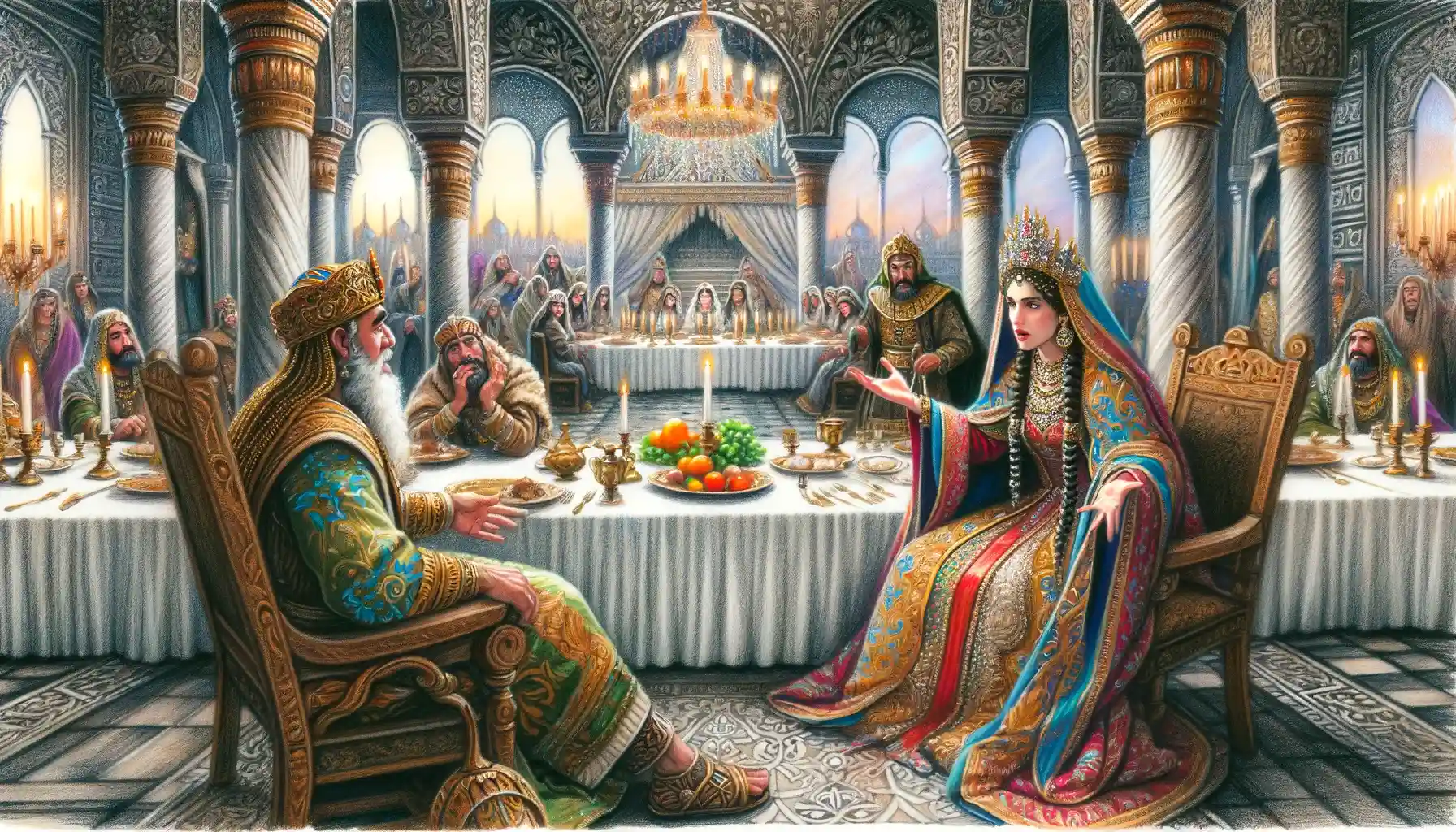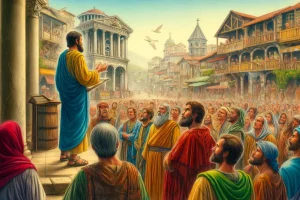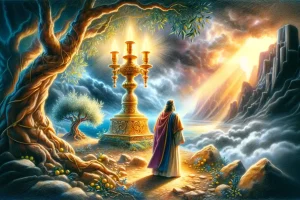
The Book of Esther
The Book of Esther is a unique and engaging narrative within the Hebrew Bible and the Christian Old Testament, known for its dramatic story that celebrates the deliverance of the Jewish people. Here are some quick key facts about the Book of Esther:
- Title and Position: Named after its heroine, Esther, the book is part of the Ketuvim (Writings) in the Hebrew Bible and is situated between Nehemiah and Job in the Christian Old Testament.
- Authorship and Date: The author of Esther is unknown, and its date of composition is also uncertain, though it is generally placed in the period between the 4th and 2nd centuries BC.
- Setting: The narrative is set in the Persian capital of Susa during the reign of King Ahasuerus (commonly identified as Xerxes I, who reigned from 486-465 BC).
- Structure and Content: The book can be divided into three main parts:
- Esther’s Rise to Queen (Chapters 1-2): After Queen Vashti is deposed, Esther is chosen to be the new queen, concealing her Jewish identity.
- Haman’s Plot and Esther’s Courage (Chapters 3-7): Haman, an advisor to the king, plots to destroy the Jews. Esther courageously intervenes, revealing her Jewish identity and Haman’s plot to the king.
- Jewish Deliverance and the Establishment of Purim (Chapters 8-10): Haman is executed, and the Jews are allowed to defend themselves against their enemies. Esther and her cousin Mordecai establish the festival of Purim to commemorate their deliverance.
- Main Themes:
- Providence and Survival: Despite the absence of direct references to God, the book illustrates the theme of divine providence through the survival and triumph of the Jewish people.
- Identity and Loyalty: Esther’s dual identity and her loyalty to her people are central themes.
- Power and Justice: The narrative explores the use and abuse of power, and the ultimate triumph of justice.
- Theological Significance:
- The Book of Esther is significant for its lack of direct references to God, prayer, or explicit religious practices, which has made its canonical status the subject of debate. Yet, it strongly emphasizes God’s providential care as implicitly guiding events.
- Modern Relevance: The story of Esther is celebrated during the Jewish festival of Purim, highlighting themes of courage, justice, and the survival of the Jewish people against oppression.
The Book of Esther is a distinctive narrative within the Hebrew Bible and the Christian Old Testament, renowned for its rich storytelling and profound themes. It stands out for its lack of direct mention of God, yet it powerfully conveys themes of providence, survival, and identity. Here is a comprehensive analysis of the Book of Esther, exploring its structure, content, major themes, and theological implications.
Structure and Content
1. The Royal Banquets and Vashti’s Deposition (Chapter 1):
- The narrative begins with a lavish banquet hosted by King Ahasuerus. Queen Vashti’s refusal to appear at the king’s command leads to her removal, setting the stage for Esther’s rise.
2. Esther Becomes Queen (Chapter 2):
- Esther, a Jewish orphan raised by her cousin Mordecai, is selected for her beauty to replace Vashti. Esther conceals her Jewish identity as advised by Mordecai.
3. Haman’s Rise and the Genocide Decree (Chapters 3-4):
- Haman, elevated to the highest position at court, decrees the genocide of the Jews after Mordecai refuses to bow to him. Mordecai persuades Esther to intervene, despite the personal risk of approaching the king unsummoned.
4. Esther’s Strategy and Haman’s Downfall (Chapters 5-7):
- Esther skillfully wins the king’s favor and reveals her Jewish identity and Haman’s plot during a second banquet. Haman is executed on the gallows he had prepared for Mordecai.
5. Jewish Victory and the Establishment of Purim (Chapters 8-10):
- Esther and Mordecai secure a new decree permitting Jews to defend themselves. Their victory is followed by the inauguration of Purim, a festival celebrating their deliverance.
Major Themes
1. Divine Providence:
- Despite no direct mention of God, the narrative is rich in instances of what can be interpreted as divine providence. Key events—from Esther’s rise to power to the ironic twists of Haman’s fate—suggest a guiding force ensuring the survival of the Jewish people.
2. Identity and Courage:
- Esther’s journey from a hidden Jewish identity to a courageous defender of her people highlights themes of identity, loyalty, and the moral imperative to act against injustice.
3. Justice and Reversal:
- The book features dramatic reversals: Haman’s plans are turned against him, and the Jews go from the brink of extermination to triumph. These reversals underscore a moral universe where justice prevails.
Theological Significance
The absence of God’s name has made Esther unique among biblical texts, leading to discussions about its place in the canon. Yet, it is this very subtlety that enriches its theological import, offering a narrative where God’s presence is inferred through events rather than explicit declarations. This aligns with the Jewish concept of Hester Panim (“the hidden face of God”), where divine intervention is masked by seemingly natural occurrences.
Conclusion
The Book of Esther resonates deeply with themes of survival, the hidden workings of providence, and the potency of individual courage. Its story is celebrated annually in the festival of Purim, serving as a powerful reminder of resilience and deliverance in the face of persecution. The narrative invites readers to find divine presence in the everyday and to recognize the potential impact of courageous actions in critical moments.
Tag:anti-Semitism, Book of Esther, courage, deliverance, divine providence, Esther, feast, genocide decree, Haman, heroism, identity, Jewish survival, justice, Ketuvim, King Ahasuerus, Mordecai, Old Testament, palace intrigue, Persian Empire, plot twists, Purim, reversal of fortune, royal banquets, royal court, Vashti, women in the Bible



